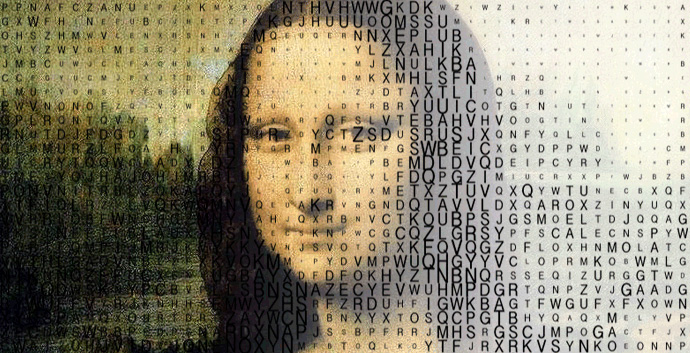Art is the mind; design is the brain

My thesis is that the vast majority of non-designers don’t actually understand what a designer’s real role is. This often translates into frustration for both non-designers and designers alike, and has a negative impact on the outcome of any design project ¬
In order to understand a designer’s role, we need to know that design and art are not the same and sometimes, are not even related. Consider the following differences between design and art:
Design |
Art |
|
| Support content by providing thoughtful solutions | Express/impart emotion by exiting the senses | |
| Support function via effective communications | Expression via aesthetic principles | |
| Solving problems for a given audience | Audience engagement, if possible | |
| Return quantitative metrics |
Edification |
While many designers are artists in their spare time, designers are not artists. Designers are trained to consider user experience over artistic output. Trust your designers not as artists, but as problem solvers.
To test this thesis, lets imagine a design project (an annual report, a chair, or a website); pick one and then consider: if it is good design, should you be able to:
Design |
Art |
|
| Get it (know how to use it) | Feel it | |
| Use it (be comfortable with it) | Enjoy it’s beauty | |
| Comprehend it (get it and use it without analyzing it) | Want it | |
| Get something from/out of it |
Have it enrich your life |
Now, I am not suggesting that good design should not be something that awakes your senses, which is beautiful and that you may want to take home (and that may even enrich your life). However, those are secondary effects which result from good design as described in the first column. Form follows function if you will ¬
Remember, designers want to create the most successful – not necessarily the prettiest – solutions to your needs ¬
Good design is often completely invisible, but that will be the subject for another blog post
